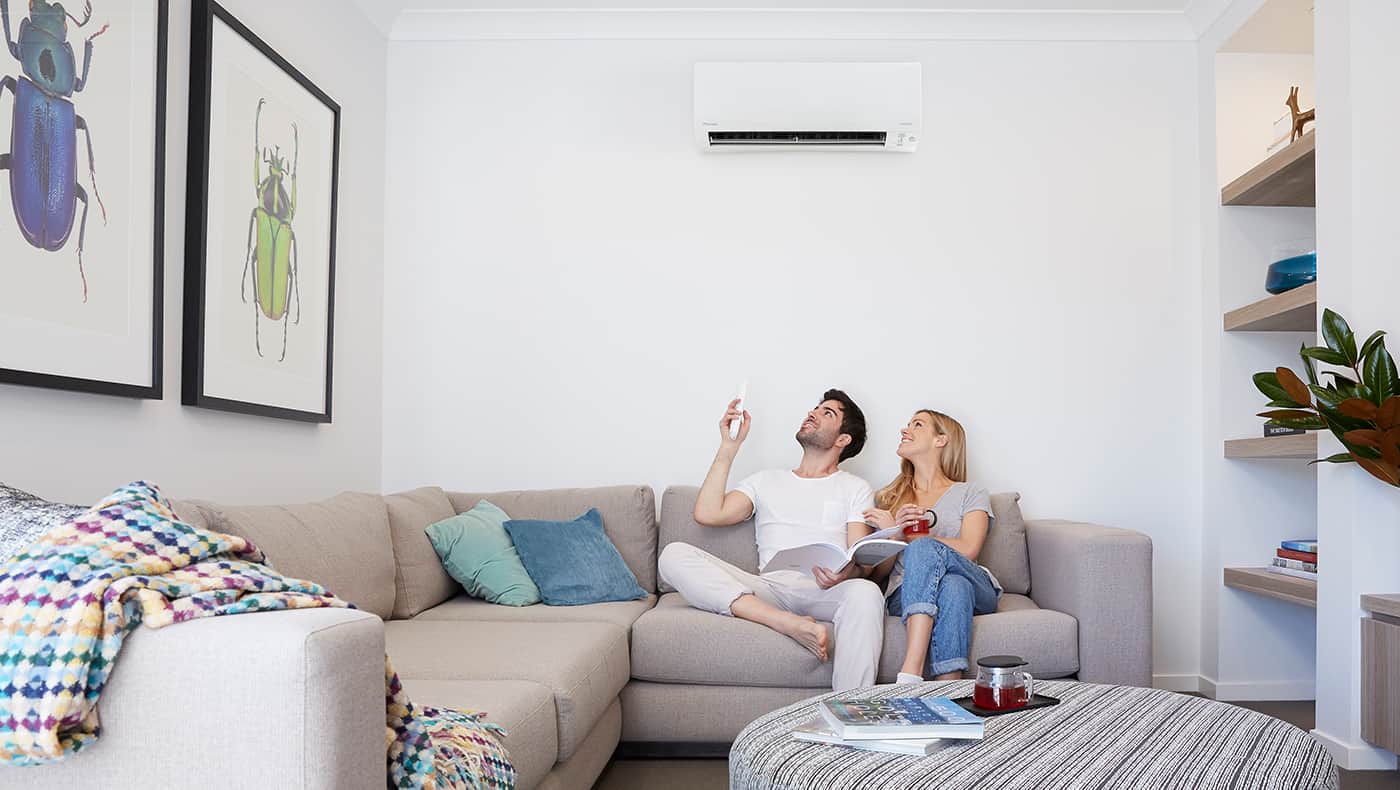How Australians Use Their Air-Con

In the past few years, three out of every four of the homeowners in Australia have either a refrigerated air conditioner or an evaporative cooler, which is almost triple the ownership rate that was present during the 1990s. As the years go on air conditioning technology changes and improves. Reverse cycle air-con has been gaining increasing popularity in recent years. This is due to its many benefits and the money it can save people in the long run.
Across the country, electricity prices have increased by over 90% since 2007. With the passing of time and the variation of climate, the cost of running air conditioning grows much more expensive as time goes on. Some of the main contributors to this are a rise in temperatures and hot days as well as extended periods of heatwaves.
Many new homeowners are astonished to discover that their homes are consuming more electricity to keep cool than they expected. In the last couple of decades, buildings have become more energy-efficient, however, these increases in energy prices can be attributed to open plan designs, old evaporative units, and more appliances in homes than ever before.
During summer Australians spend a collective total of $3.7 billion on their running costs for air conditioning units. The average time that aircon is left on throughout the day is over 6 hours with almost 2 million Australians leaving the aircon running while they aren’t home.
South Australia has been found to be the state that relies on its air conditioning units the most with over 77% of the population turning them on over the summer. Western Australia was a close second with over 73% of the population utilising their units during the summer.
Nearly one half of households in Australia (49%) used reverse cycle air conditioning as their main system of cooling. But, in almost 13% of households, the main system of cooling was evaporative coolers, and in 10% of households, it was refrigerated air conditioning which cools only. Just over one-quarter of Australian households (26%) did not use any air conditioning for cooling.
Split system units have increased in popularity a huge amount since the 1990s. From having only 10% of the market share in 1995 that number has grown to almost 70%! Both evaporative and ducted air conditioning systems have also had a massive increase in market share.
There are distinct differences between evaporative air conditioning and reverse cycle ducted systems. They each have their own drawbacks and benefits but in most categories reverse cycle ducted air con is the winner. It would appear that a majority of Australian households would agree with this sentiment! Below is a detailed comparison of the features of evaporative air con vs. reverse cycle ducted systems.

Reverse cycle ducted systems installed today would be approximately 40% more efficient when compared with a system that is 15 years old. Control systems (most of which are made in WA) allow further savings and enable specific temperature choices in different zones of the house. A modern system should have individual zones for every room. This also allows flexibility to suit your individual lifestyle.